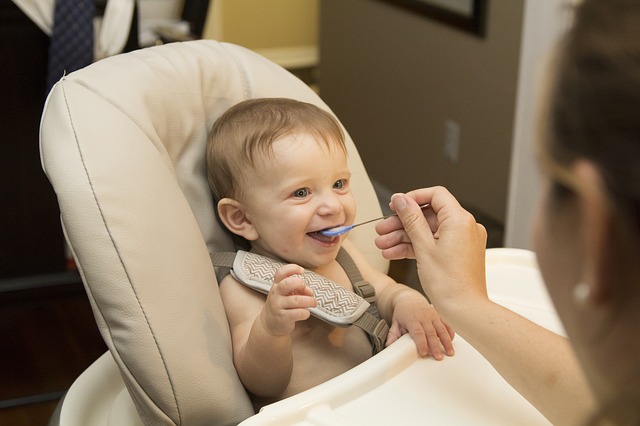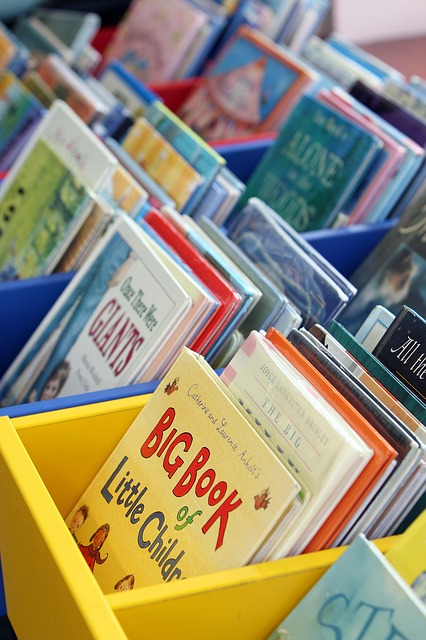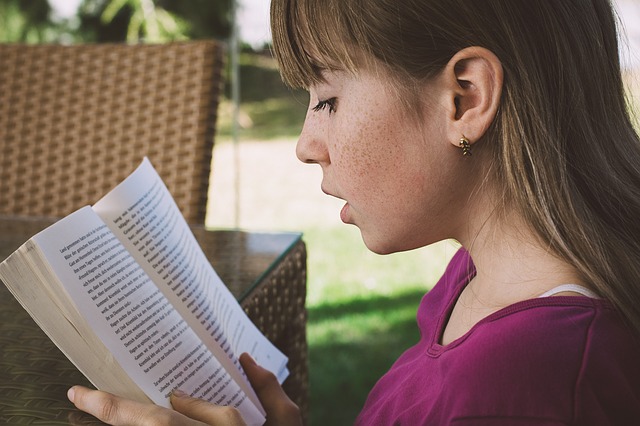
The Pitfalls of 30-Minute Group Therapy at School
According to the ASHA Leader, a shift in the typical school paradigm of providing 30-minute group therapy sessions is increasingly being recommended to be adjusted to a more individualized and intensive frequency of service. In a school setting, because children are theoretically accessible for seven or more hours in a day, over five consecutive days in a week, the traditional, “one size fits all” therapy recommendation for providing 30 minutes a week to a group of 2-5 students at once is said to be limiting to a child’s overall progress and their individualized attention. It is said that 30-minute group therapy sessions do not fit with the guidance and philosophies from the Individuals with Disabilities Education Act (IDEA) nor the







